20/40 Vision
In 1973 a MIT computer model, dubbed World One, was developed to model global sustainability. The program made calculations that took into account trends in pollution levels, population growth, the amount of natural resources and the overall quality of life on Earth. It predicted the end of civilization in the year 2040. My series, 20/40 Vision, explores the idea of a post-apocalyptic planet that is no longer inhabitable
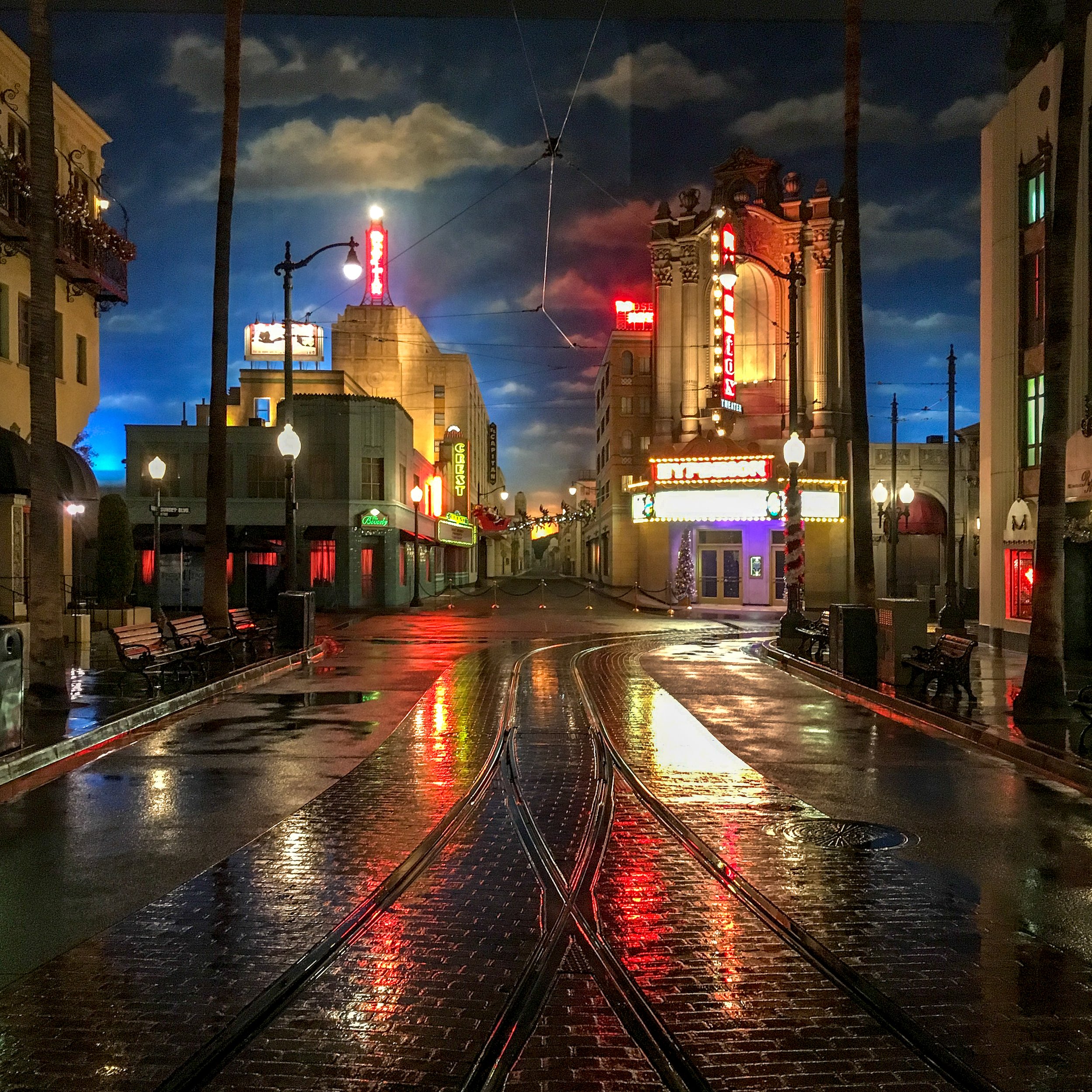
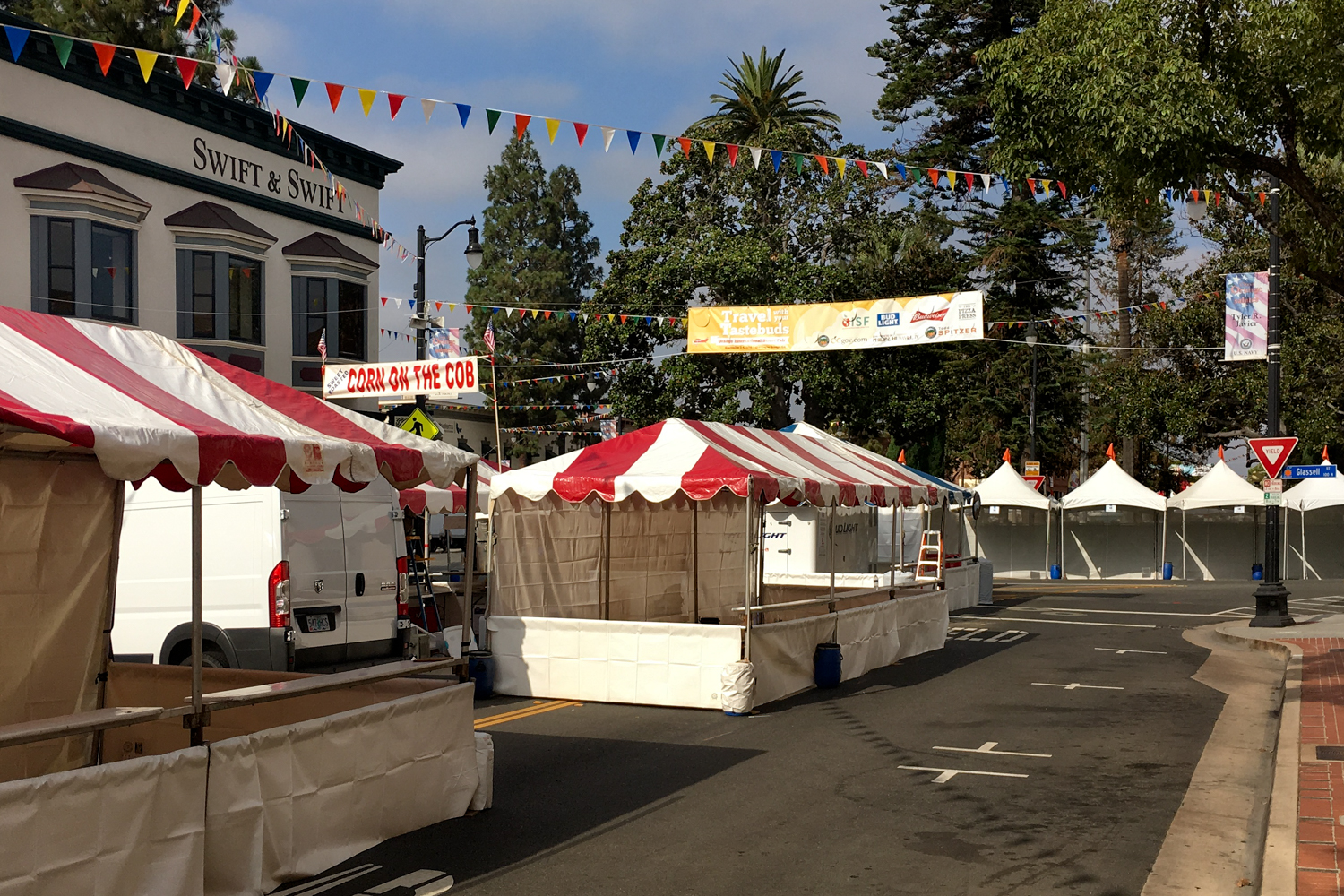
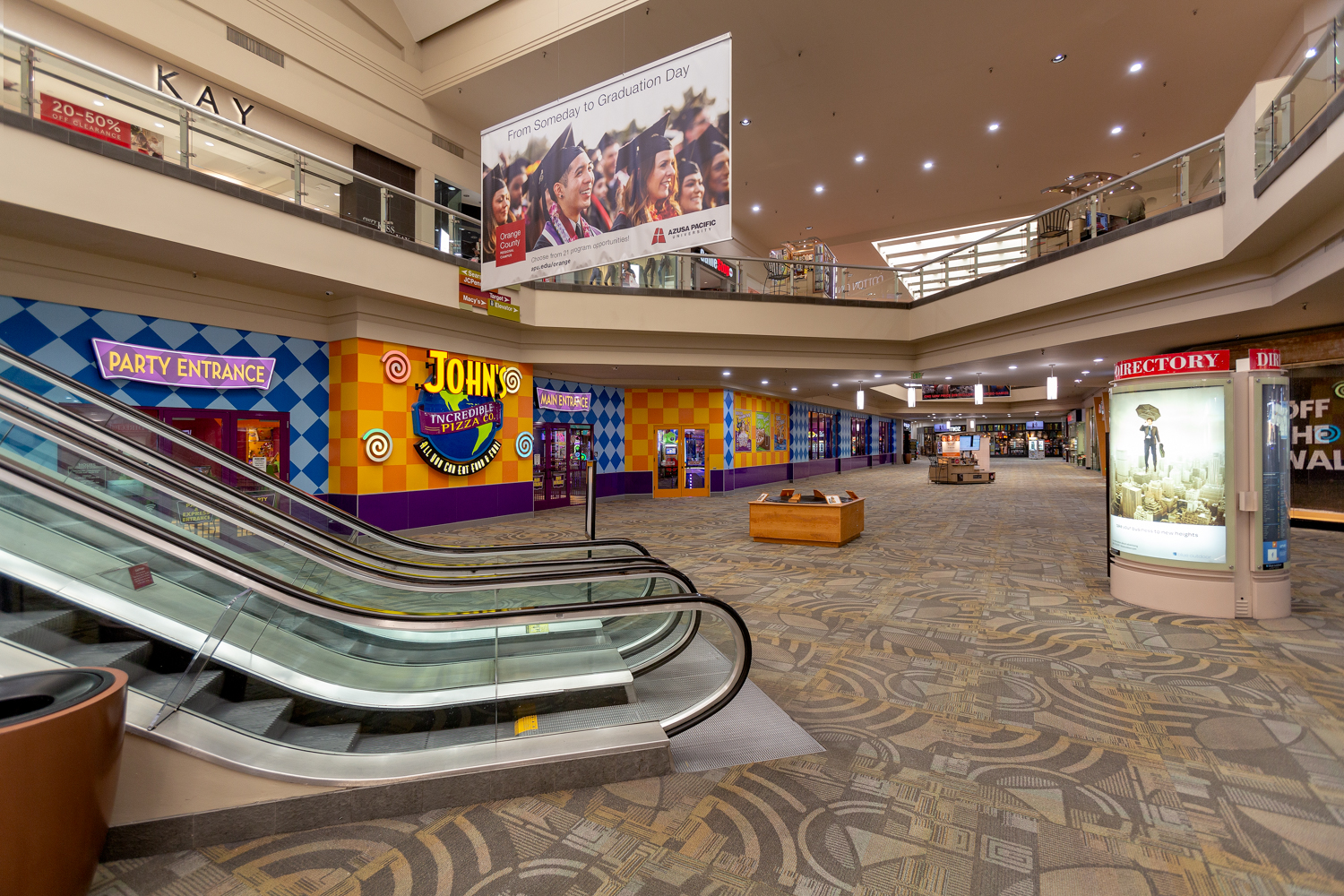
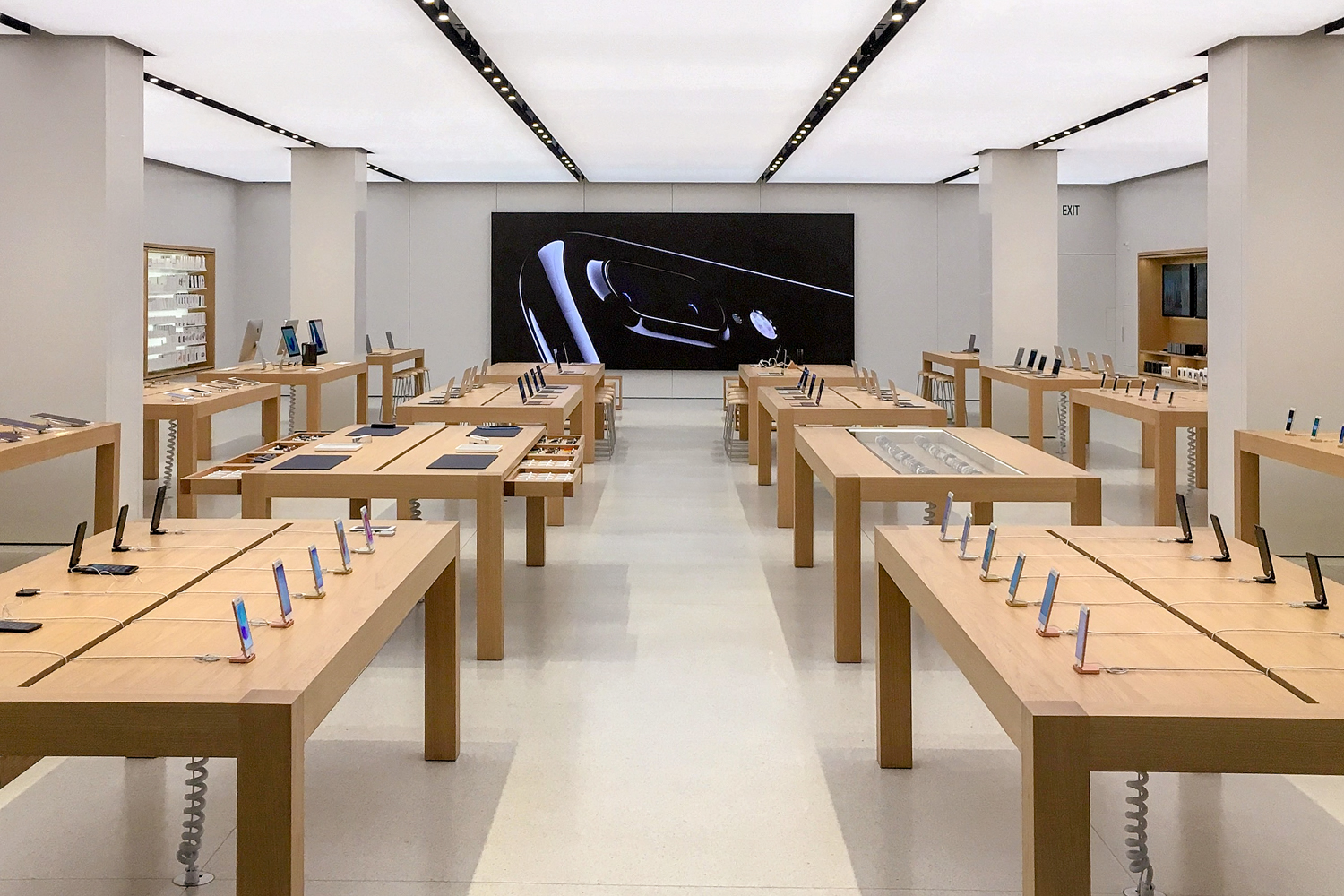
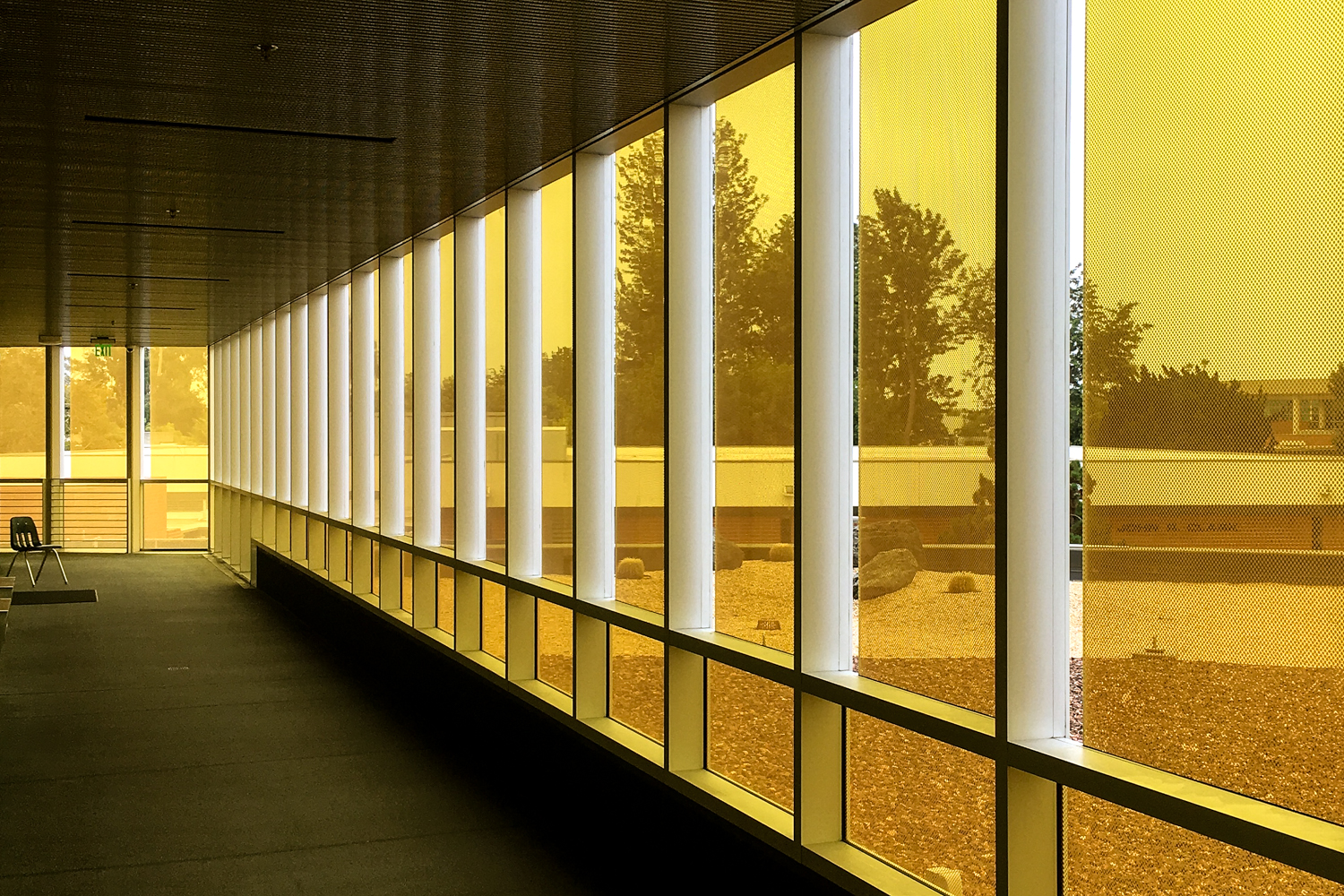
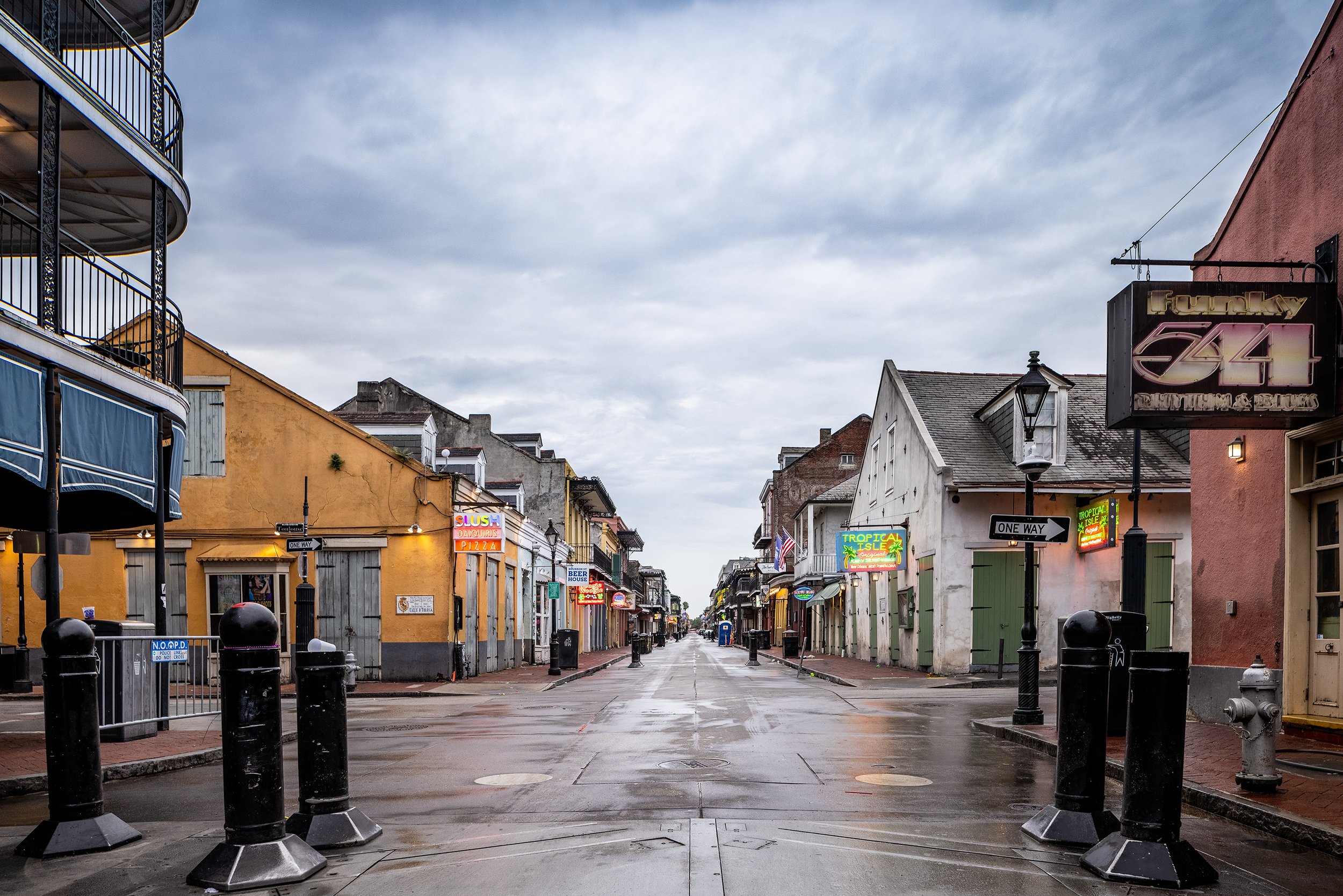
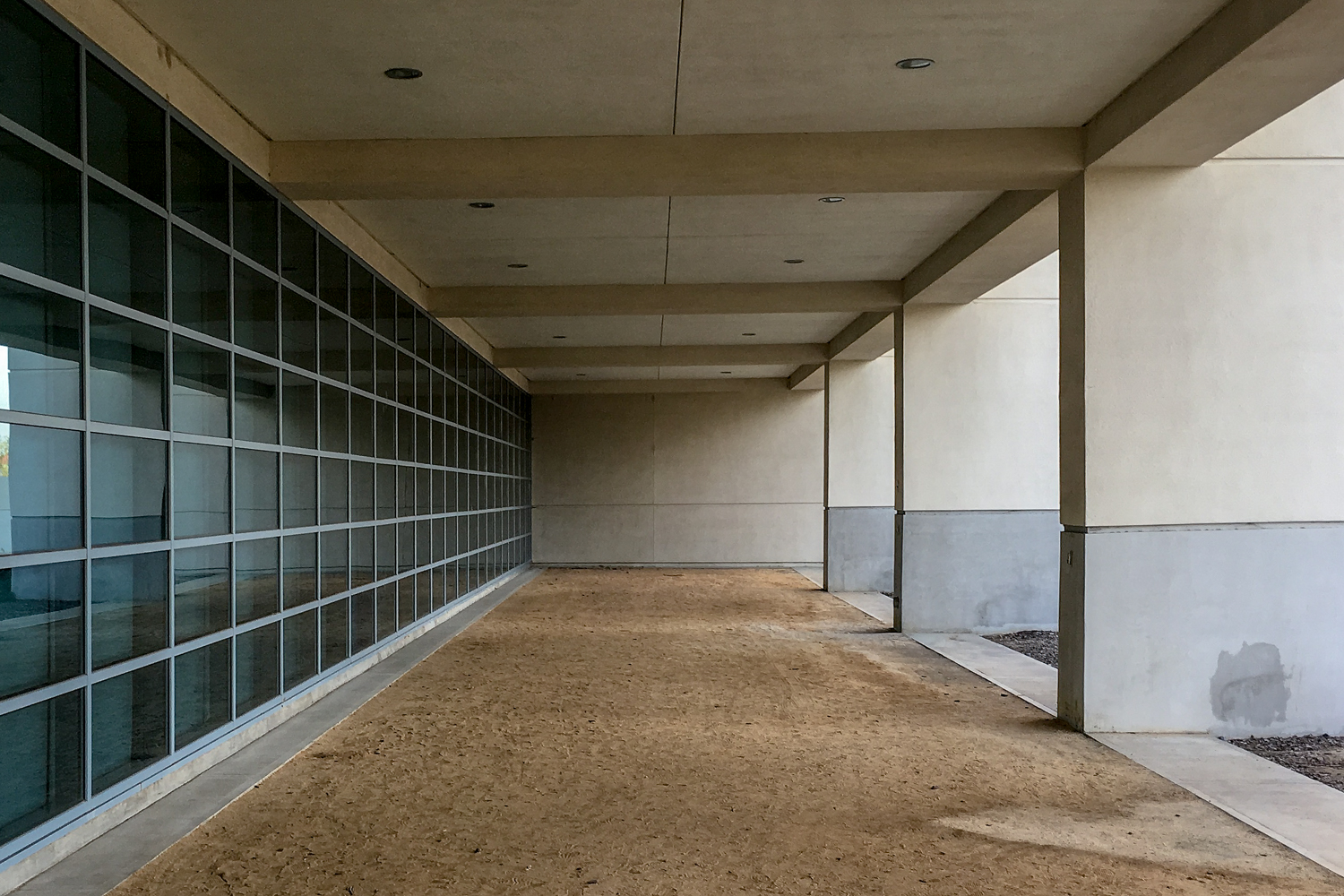
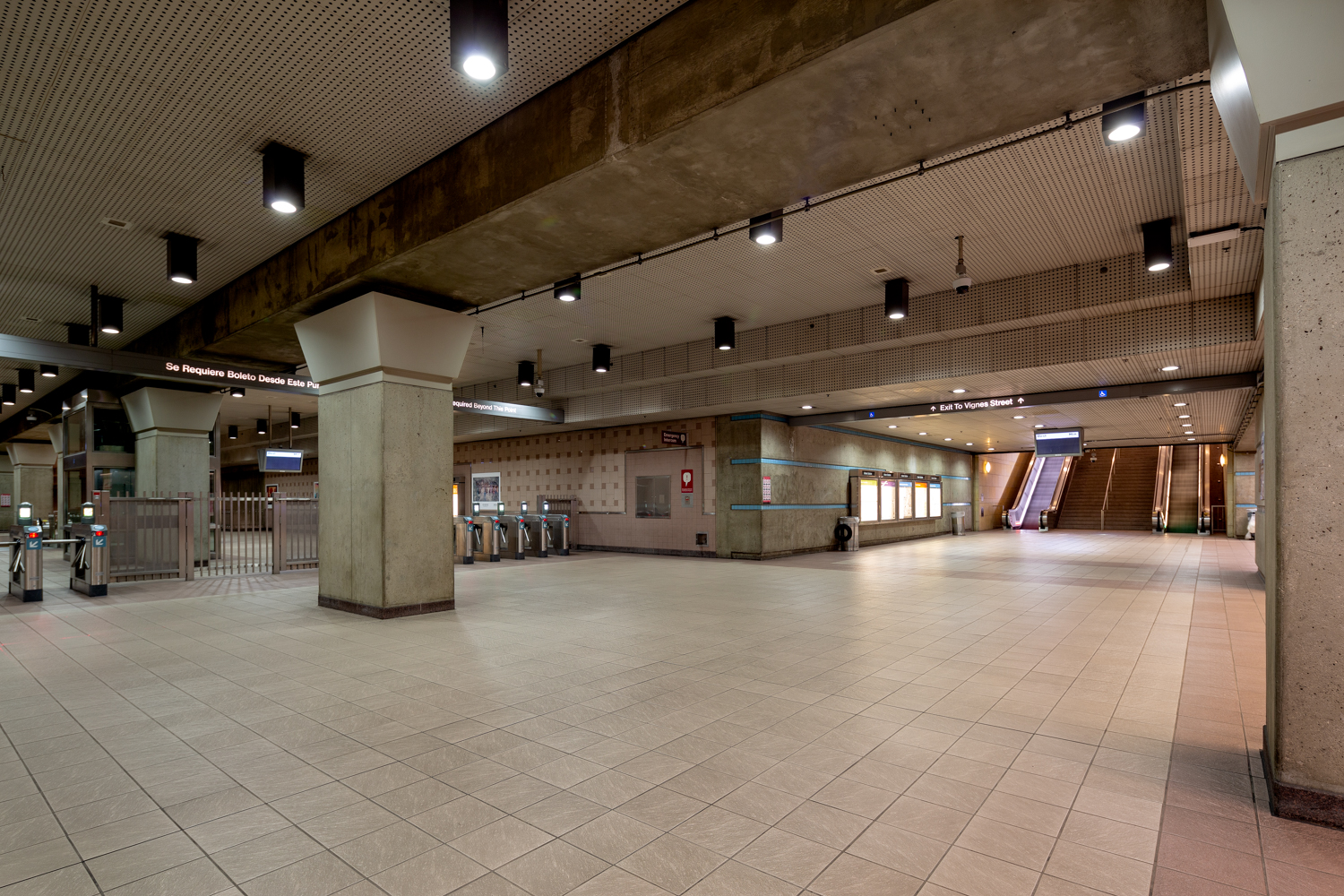
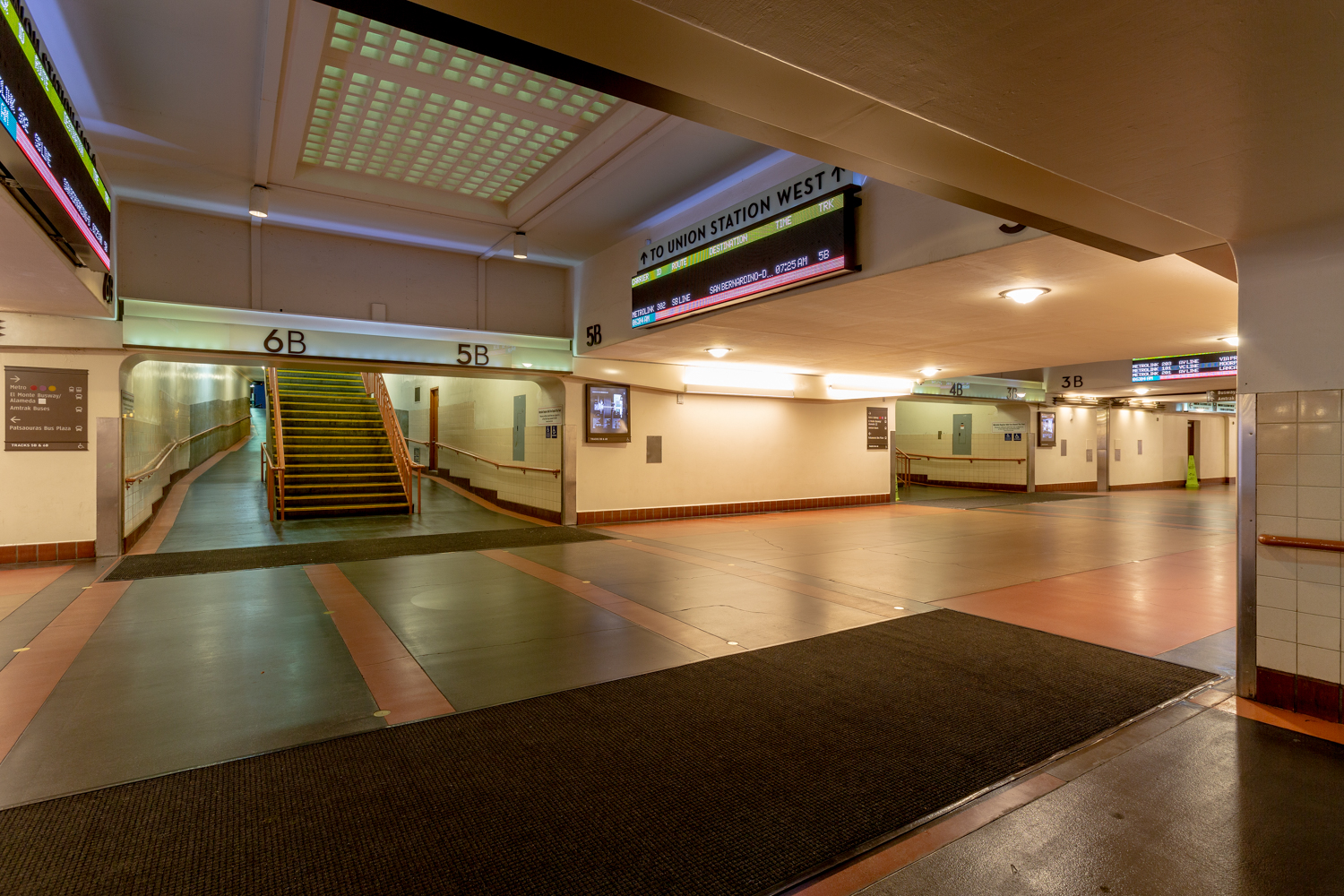

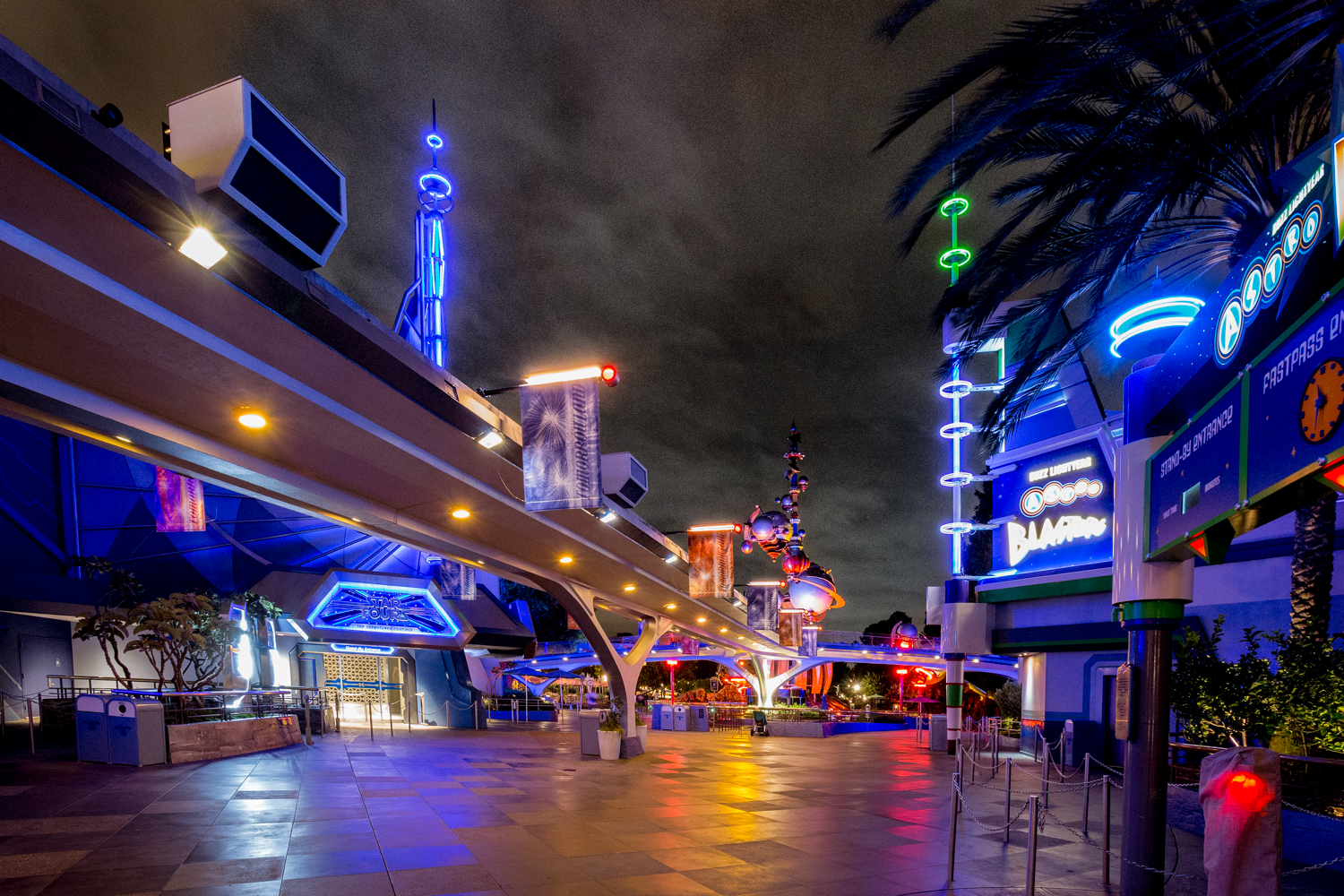

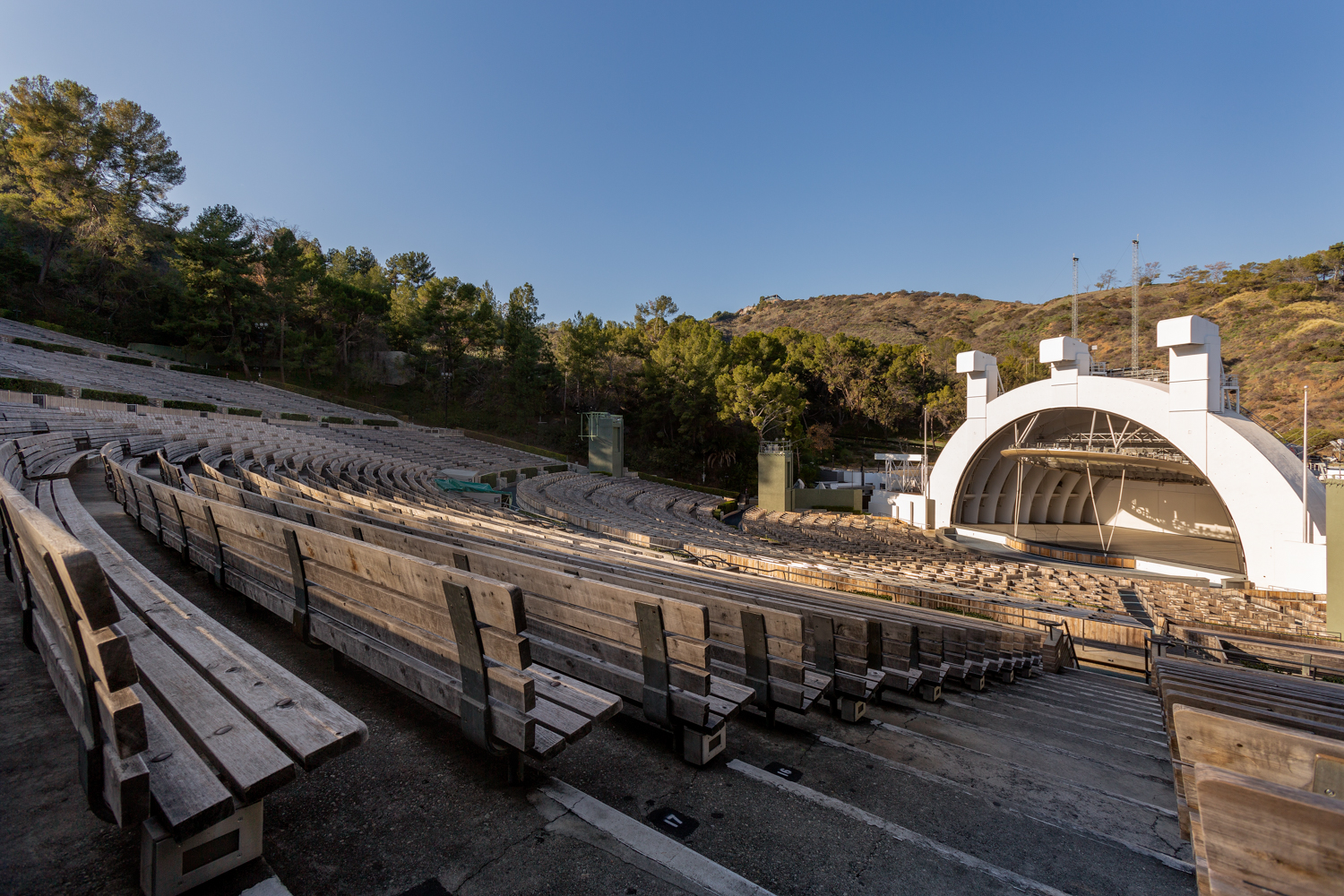
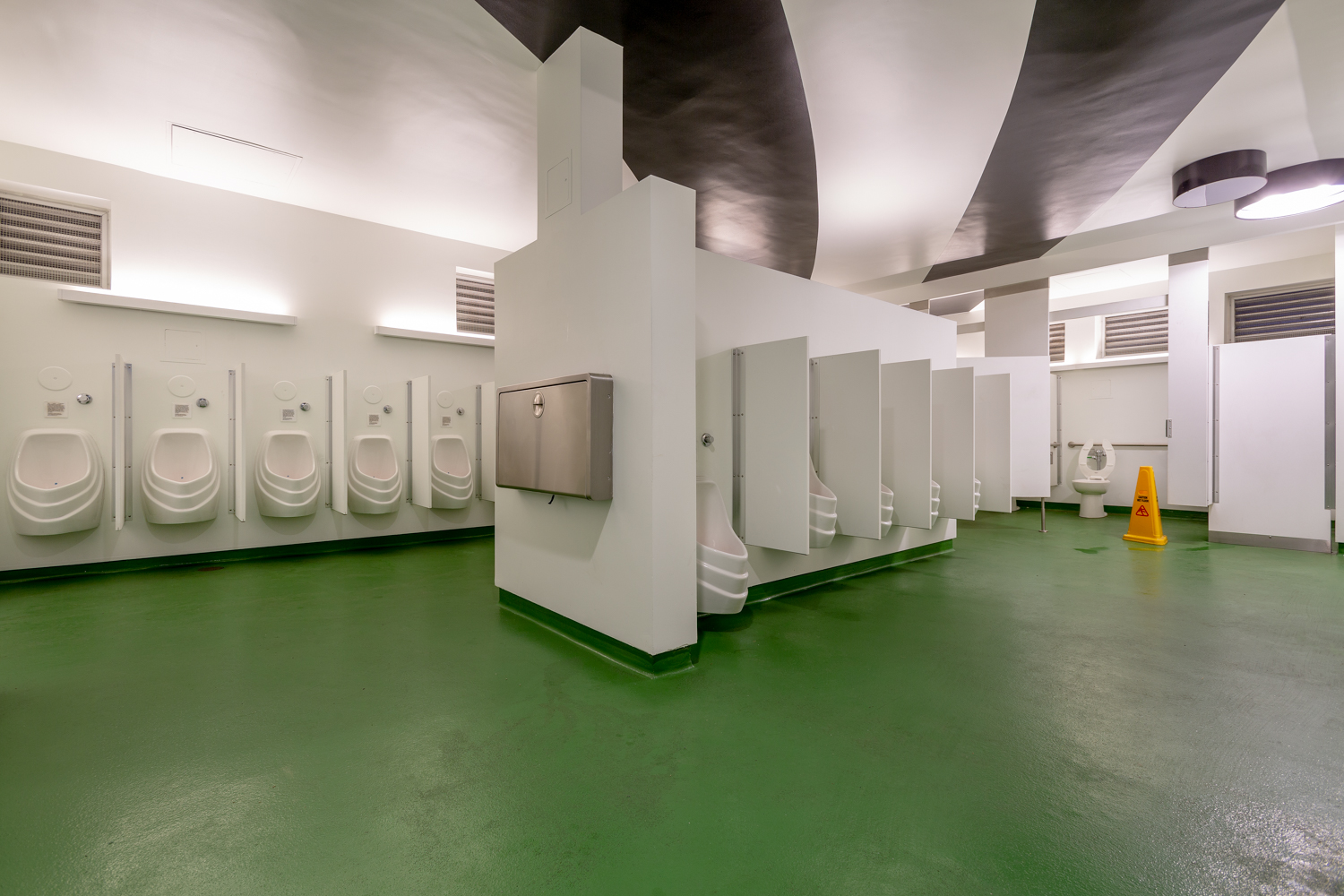
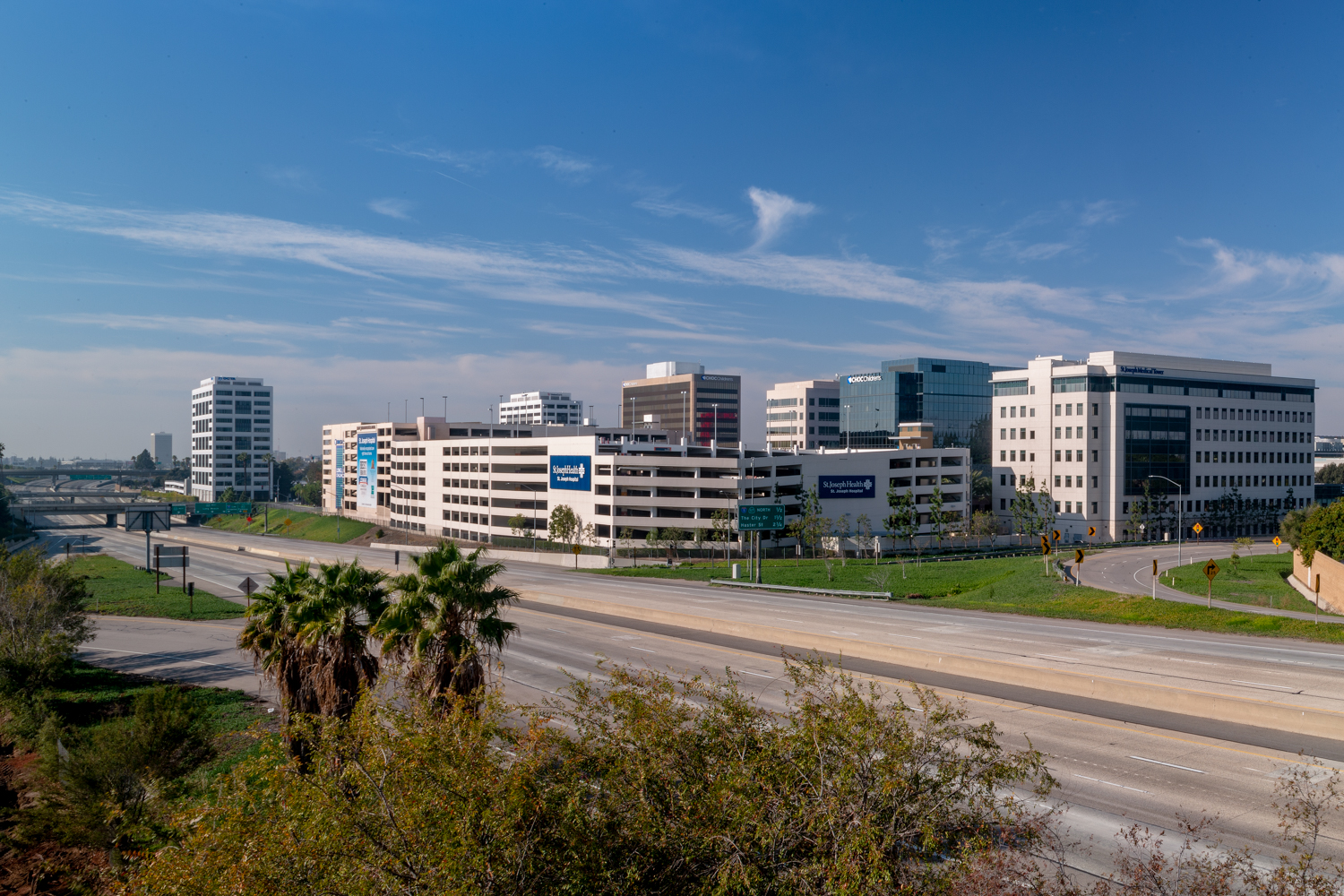
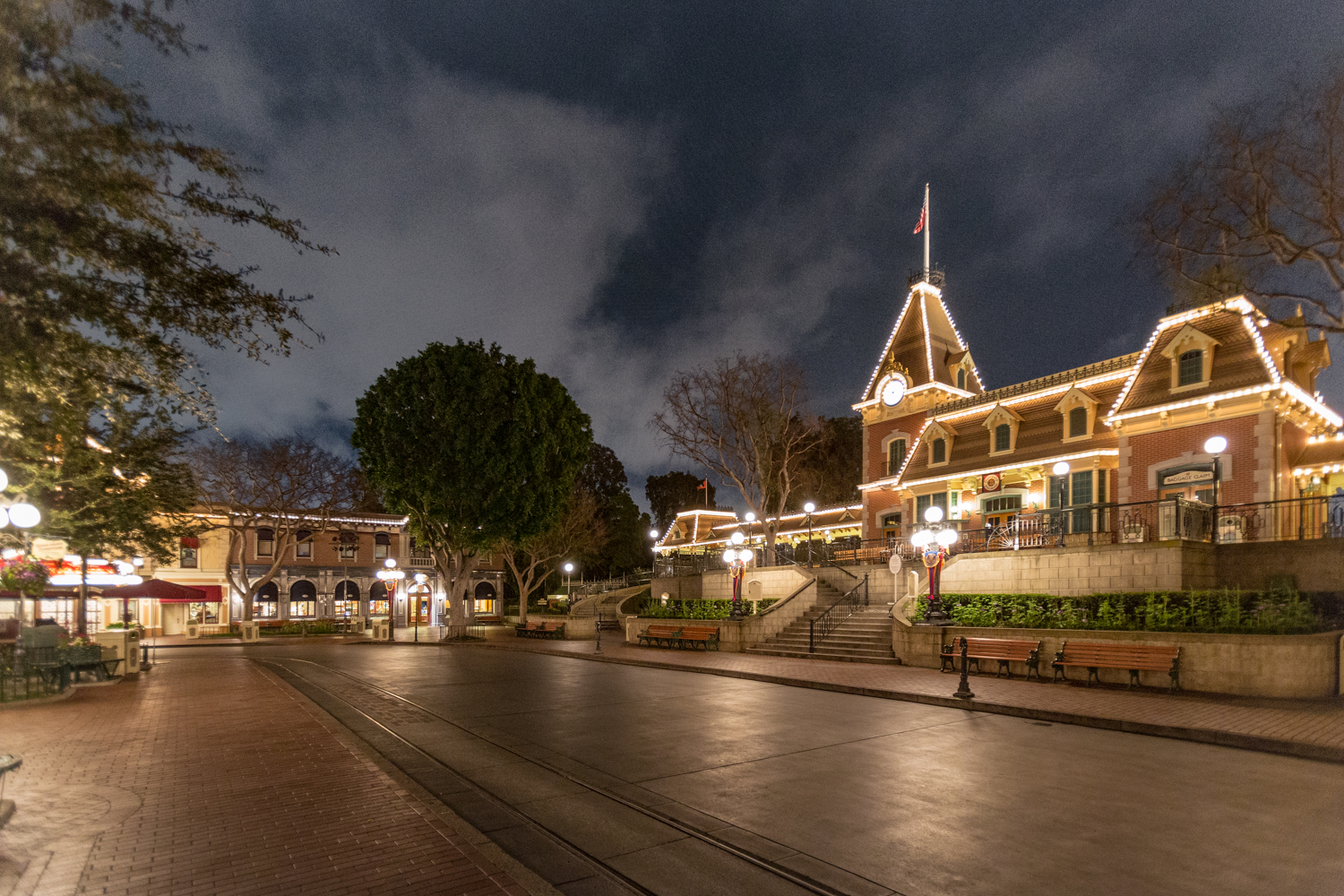
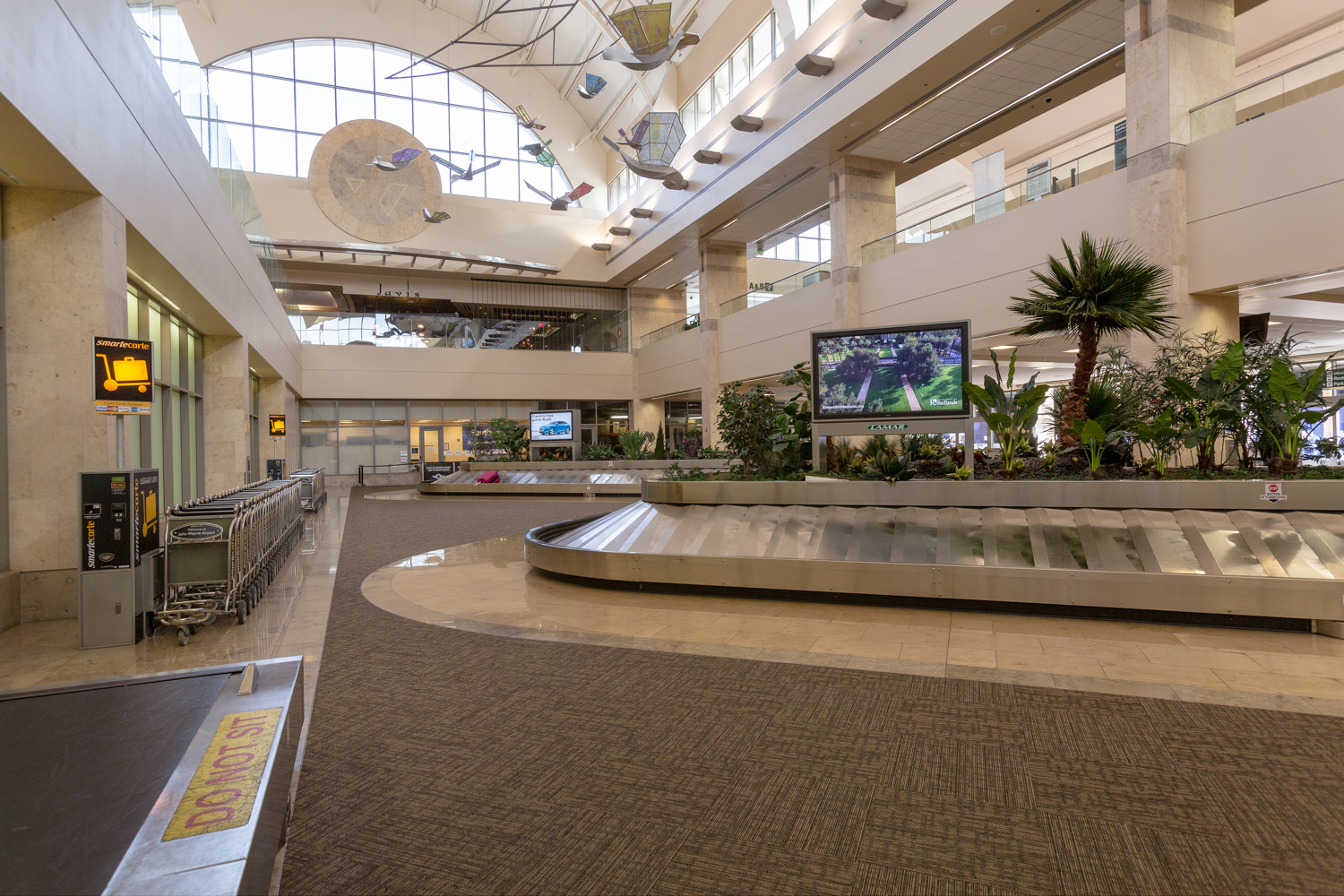
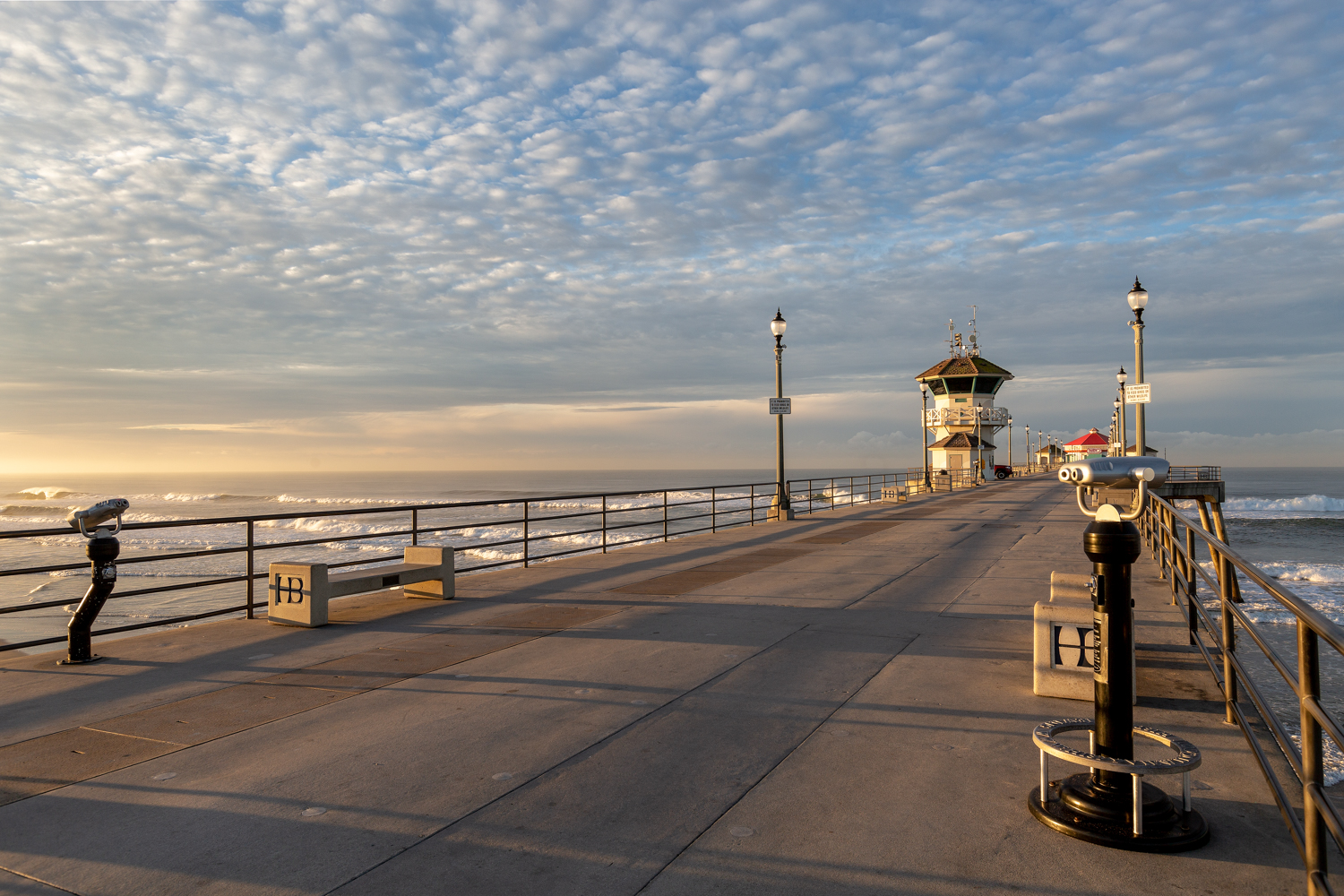
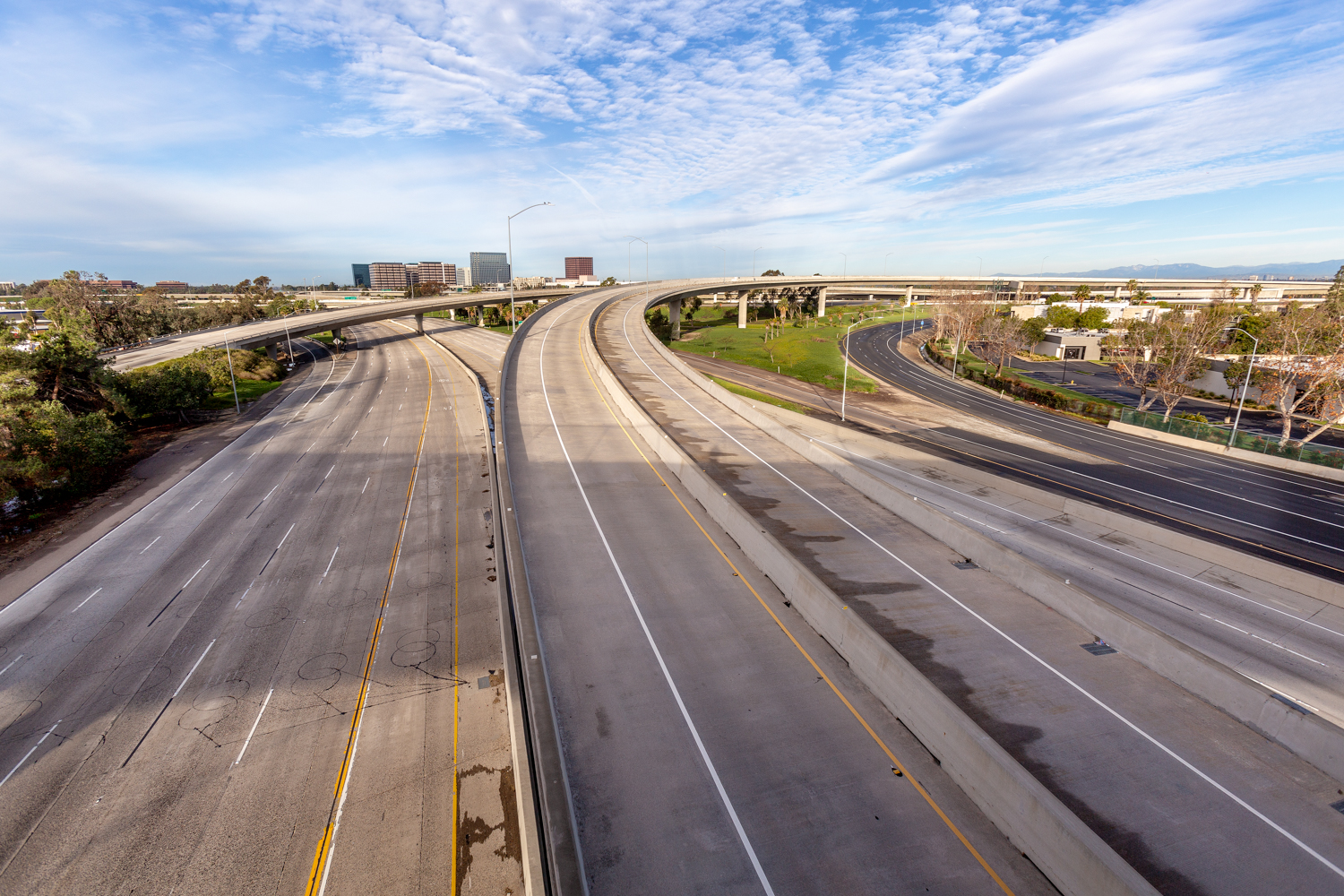

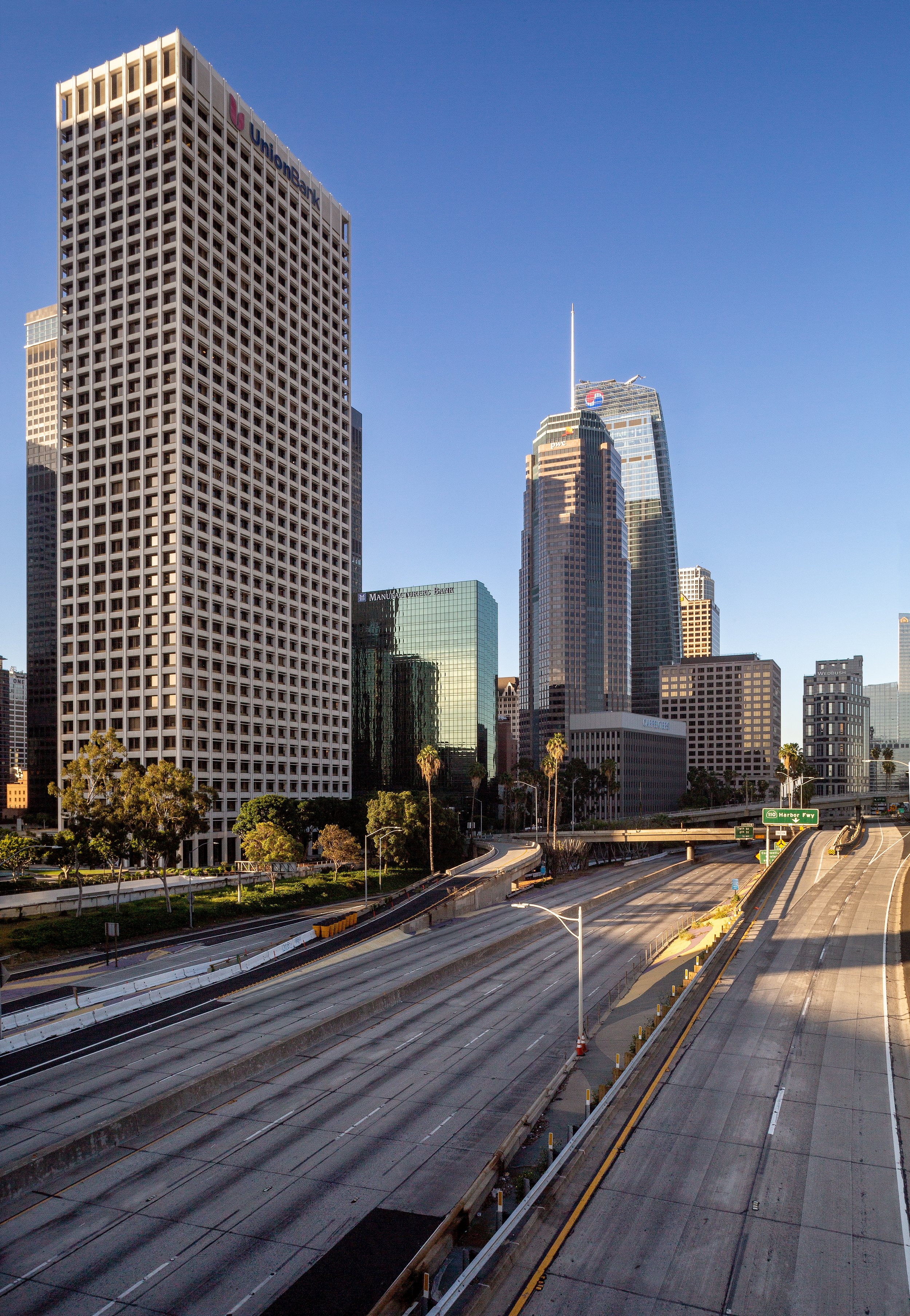
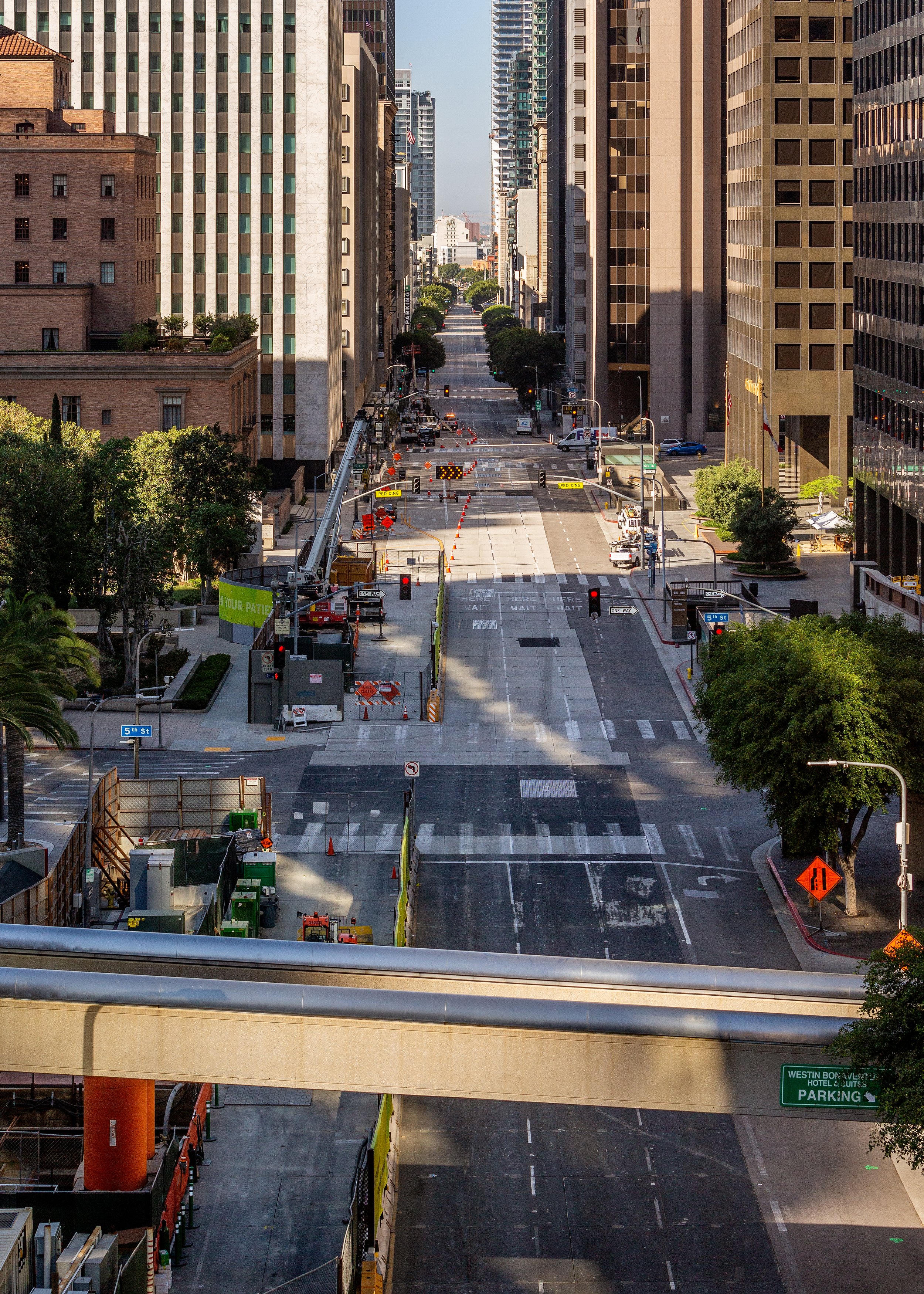
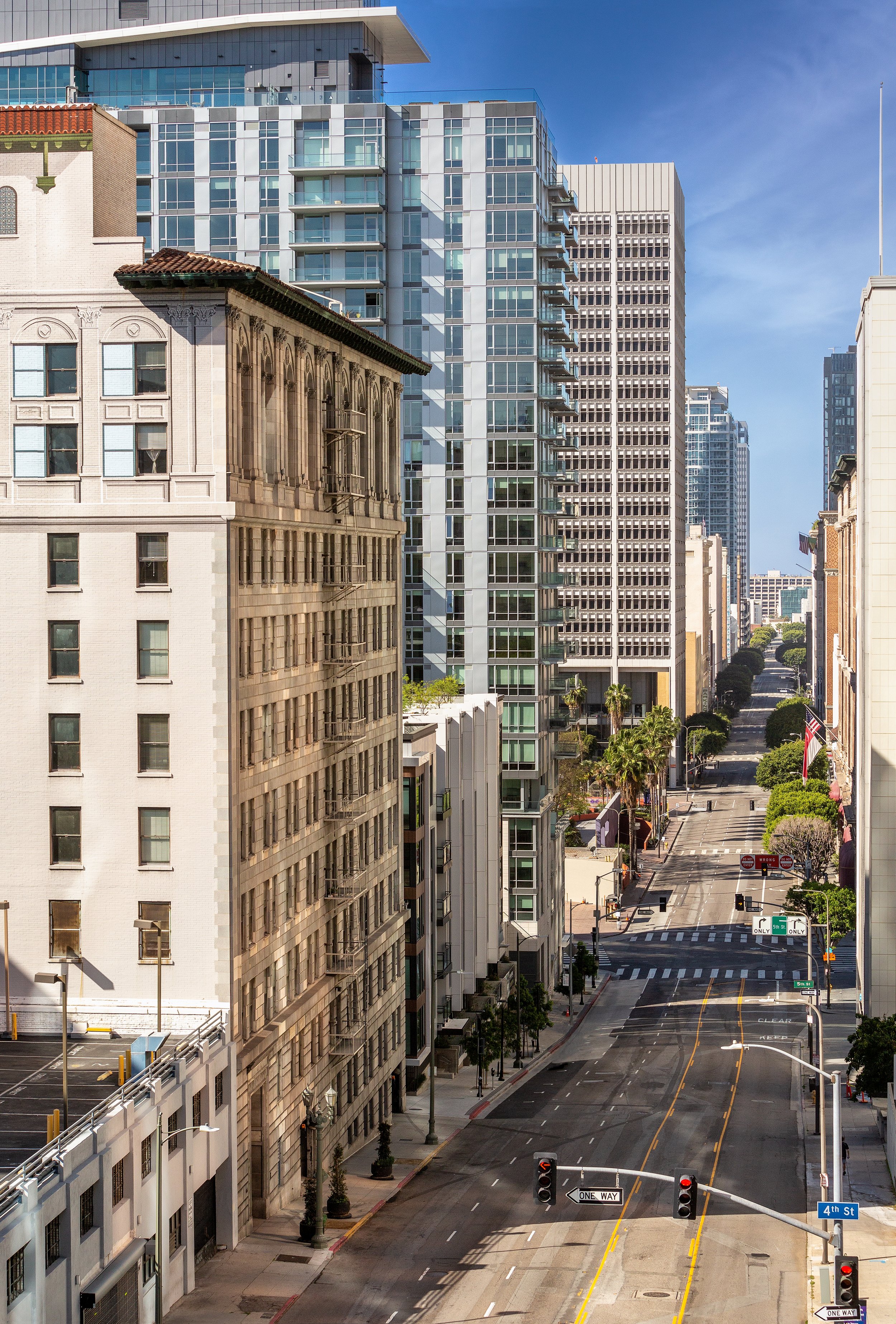
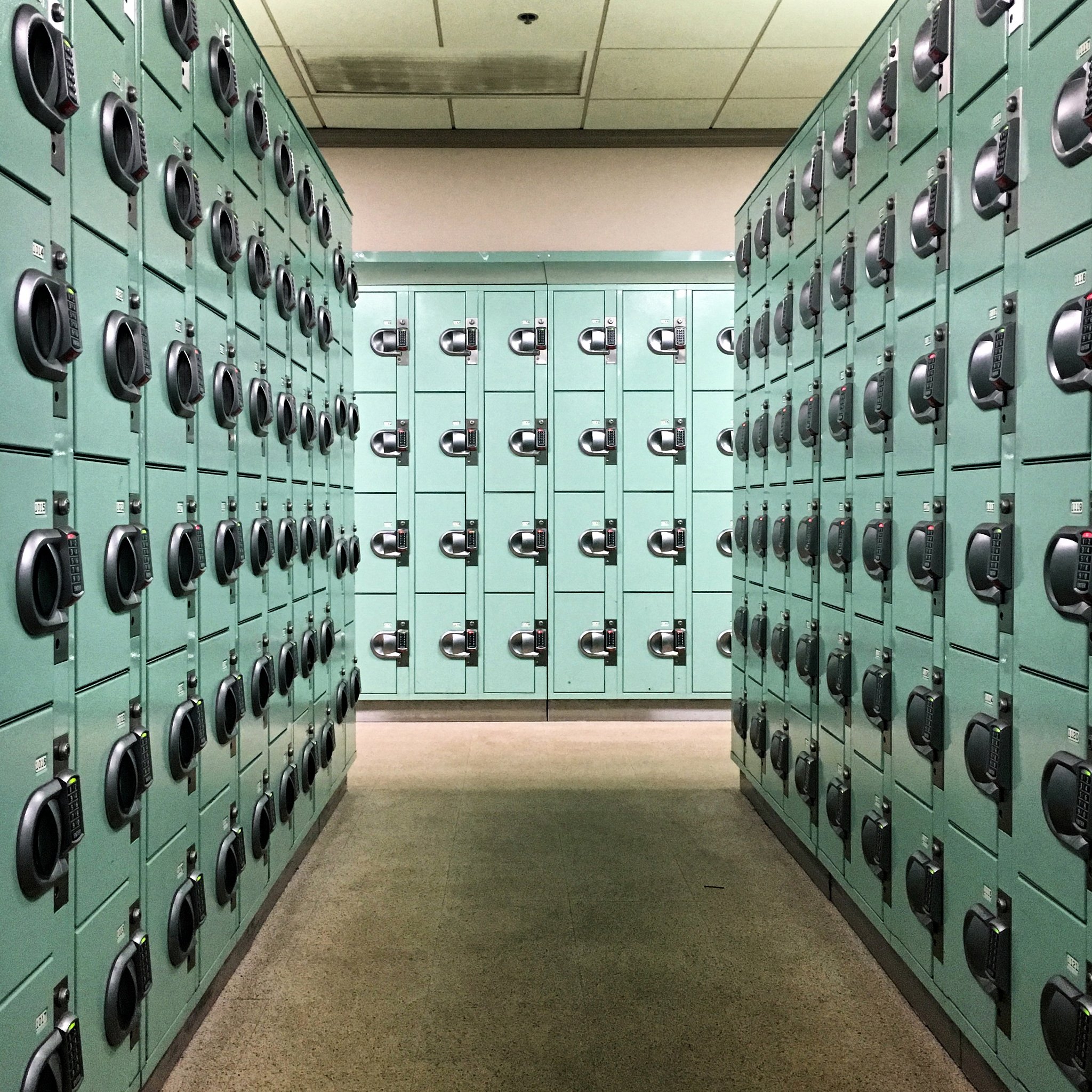

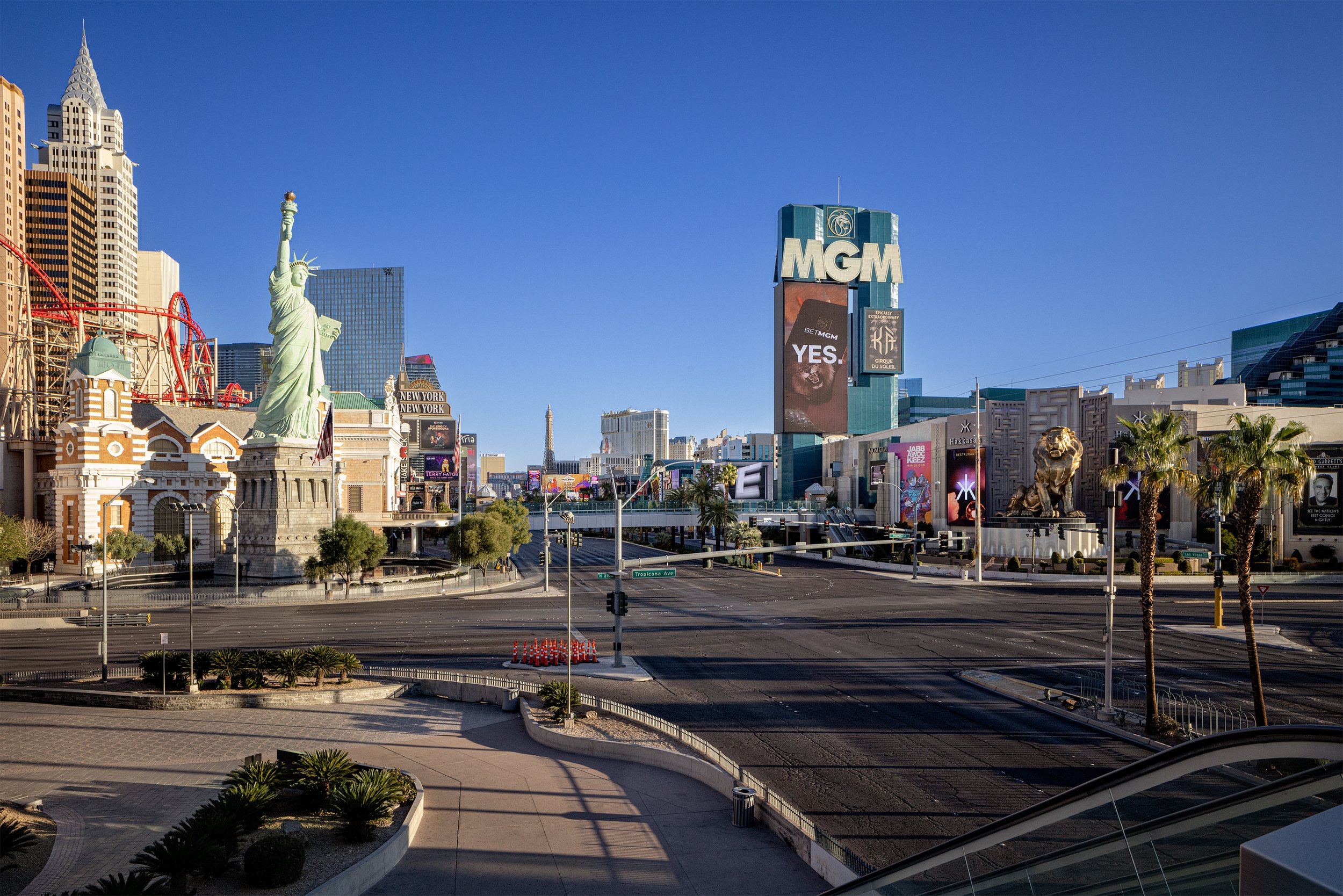

Photographing a suddenly peopleless planet was more challenging than I expected. My plan wasn’t just to photograph the emptiness, but to show how people once interacted with these now empty spaces. The biggest challenges? Maintaining a sense of humanity without making it feel contrived. And telling a photographic story without the visual cues we’ve become accustomed to.
What I’m trying to do is show the world without people. To look anew at the places we interact with every day. To imply human interaction by the absence of humanity. To stimulate conversation about our purpose in this world and force us to rethink our impact on the planet.
The world is built to move masses of people. Freeways, sidewalks, airports, escalators, shopping malls. We never stop to think about how we move through the world because we’re always stuck in the middle of it. By photographing these naked spaces I get to explore our place in the world from a different perspective.
What will be left behind when life as we know it ceases to exist? It’s difficult for us to imagine a life without people. It’s even harder to envision what our world will look like without us. 20/40 Vision asks those questions and envisions that world.
20/40 Vision forced me to rethink how I see spaces and how people interact with them. The project has made me more aware of the choices I make and their impact on the environment. And it’s convinced me we need to do more to save the planet from the excesses of humanity.
20/40 Vision pulls together everything I love to do as photographer. Symmetry, minimalism, deadpan, lines, color, shape, form and composition. Removing all physical and personal elements from the environment forces me to organize the photographed space in a way that emphasizes the absence of humanity. Rather than simply photographing empty spaces, 20/40 Vision tells a story about how we use our environment and the footprint we leave on the world. It examines the excesses of life and the impact we have on our environment.
